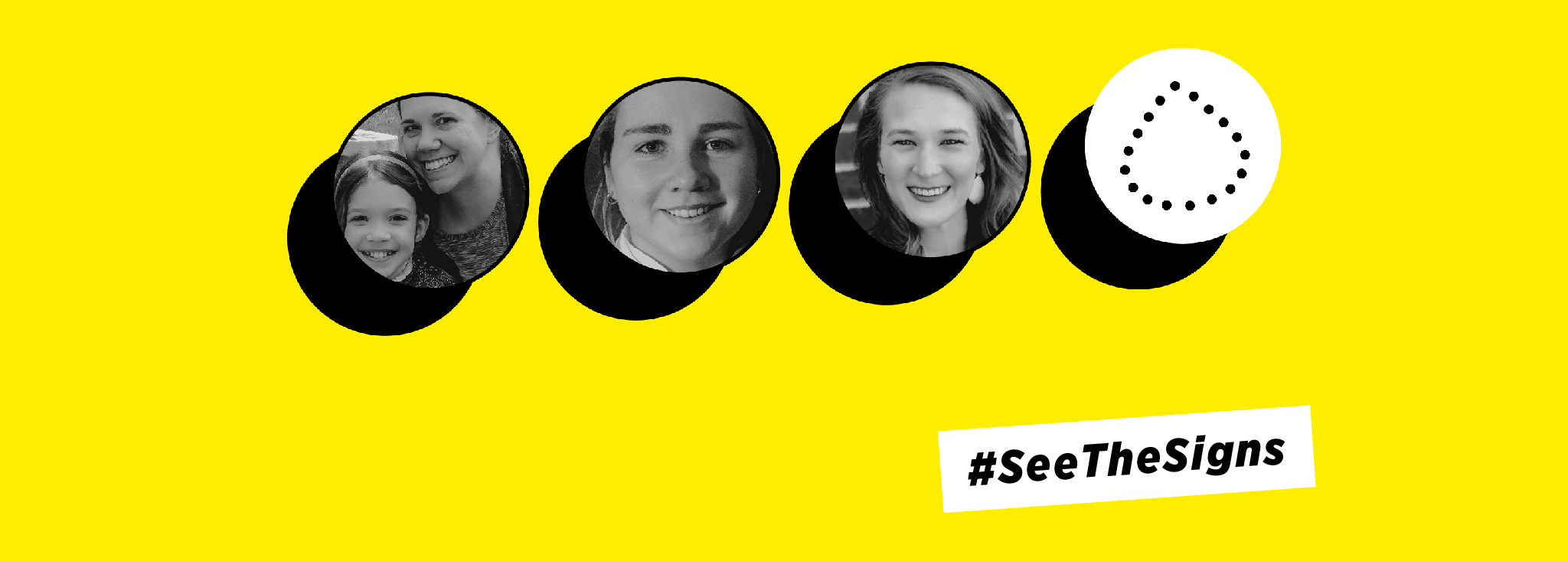Why is Type 1 Diabetes Misdiagnosed?
Written by: Beyond Type 1 Editorial Team
2 minute read
September 6, 2016
Many people with type 1 share a similar diagnosis story. They display all the classic symptoms (extreme thirst, weight loss, frequent urination, nausea) and were fortunate enough to be accurately diagnosed by their primary care doctor. However, some people with type 1 are not as fortunate to quickly receive a correct diagnosis.
Many people with type 1 share a similar diagnosis story. They display all the classic symptoms (extreme thirst, weight loss, frequent urination, nausea) and were fortunate enough to be accurately diagnosed by their primary care doctor. However, some people with type 1 are not as fortunate to quickly receive a correct diagnosis.
It is important to remember that the only way to have an accurate diagnosis of type 1 diabetes is to test for the diabetes-related (islet) autoantibodies.
If ICA, GADA, and/or IA-2A are present in a person with diabetes symptoms, then you have confirmation that the diagnosis is type 1 diabetes. If IAA is present in a child with diabetes who is not using insulin, then the diagnosis is type 1 instead of type 2.
If no diabetes-related autoantibodies are present, then it is unlikely that the diagnosis is type 1 diabetes. In rare incidents, a person can develop type 1 but not develop detectable amounts of islet autoantibodies. Approximately, 95 percent or more of people with new-onset type 1 diabetes will have at least one islet autoantibody (labtestsonline.org).
The following are some conditions and ailments that people are often misdiagnosed with after first experiencing symptoms of type 1 diabetes. A misdiagnosis can be extremely dangerous and in some cases, fatal.
Type 2 diabetes
A common misdiagnosis is the other “type”: type 2 diabetes, as most of the early symptoms are the same or very similar to that of a type 1 diagnosis. Depending on your age, race, weight fluctuations, current state of health, eating habits and other factors—a medical professional may wrongly assume that you have type 2 diabetes. This misdiagnosis is most common in people over the age of 25 and in people who are Black, Indigenous and/or Hispanic.
Read Grace Bonney’s story Embracing a New Chapter: Life with Type 1 Diabetes.
Gestational diabetes
While a woman is pregnant, she can be diagnosed with gestational diabetes. Gestational diabetes is a form of diabetes that only occurs during pregnancy, resulting in improper insulin responses but can resolve itself after giving birth. If it does not resolve, the diagnosis could be type 1 or 2 diabetes.
Read Meagen Sheikh’s story of a misdiagnosis while she was pregnant in A Mother’s Sweet Journey.
Flu (virus)
Extreme high blood sugar in conjunction with diabetic ketoacidosis (DKA) is common in a type 1 diagnosis. High blood sugar levels can cause nausea, vomiting, lethargy and other symptoms that, if blood glucose levels are not tested, can be easily diagnosed as a stomach flu or another common virus.
Read Levi’s Story and how a flu misdiagnosis almost cost this baby’s life.
Eating disorders
Extreme weight loss due to high blood sugar and DKA is a very common symptom that goes along with a type 1 diagnosis. If urine and blood glucose tests are not performed when seeing a doctor, an incorrect assumption could be that the patient is purposely losing weight and may be diagnosed with an eating disorder such as anorexia or bulimia.
Read Mistaken for an Anorexic—My Type 1 Diagnosis by Nataesha Kempton.

Author
Beyond Type 1 Editorial Team
Beyond Type 1 is the largest diabetes org online, funding advocacy, education and cure research. Find industry news, inspirational stories and practical help. Join the 1M+ strong community and discover what it means to #LiveBeyond a diabetes diagnosis.
Related Resources

Recently there have been countless stories of US children lost to a disease neither their...
Read more

Learn about Beyond Type 1’s #SeeTheSigns of diabetes campaign Diabetic ketoacidosis is a complication from...
Read more

Living with diabetes means managing more than just numbers. It also sometimes means navigating the...
Read more

